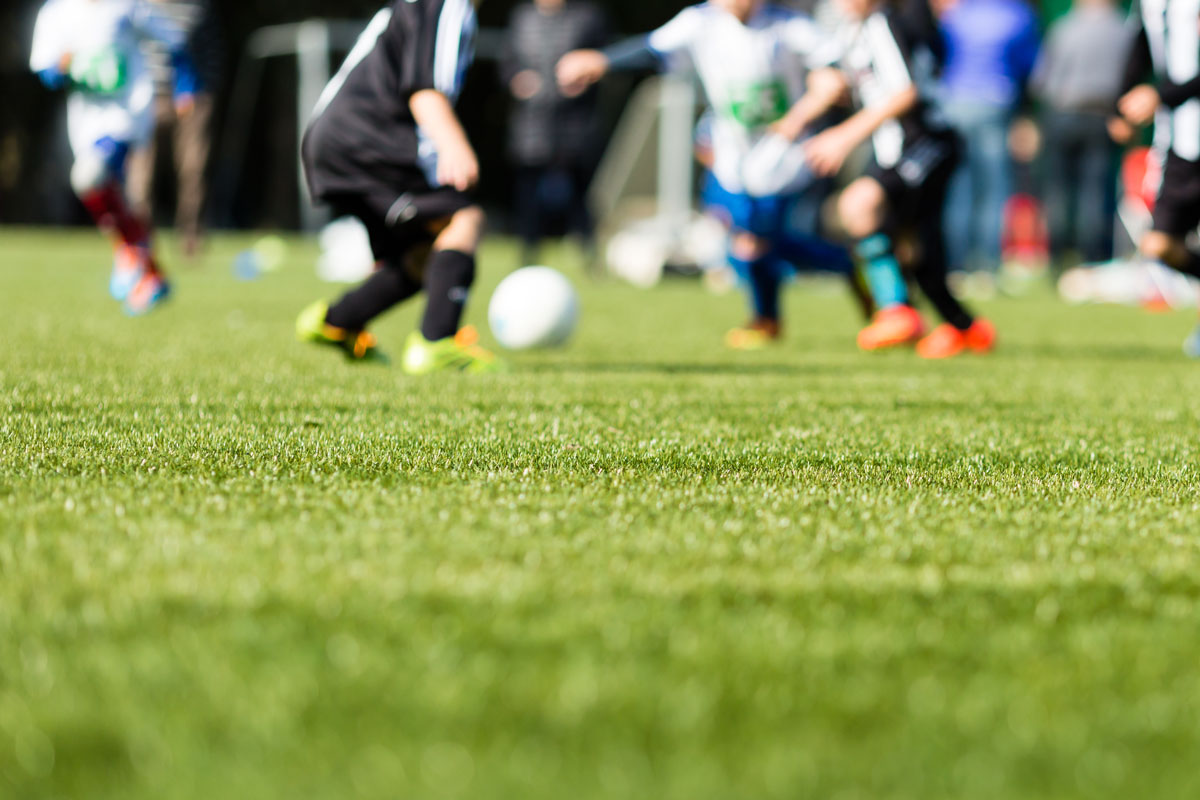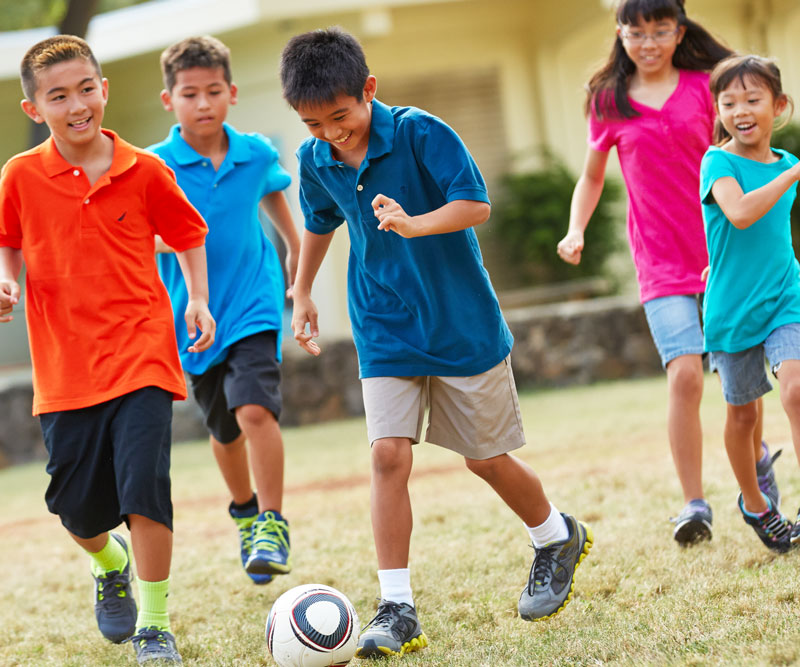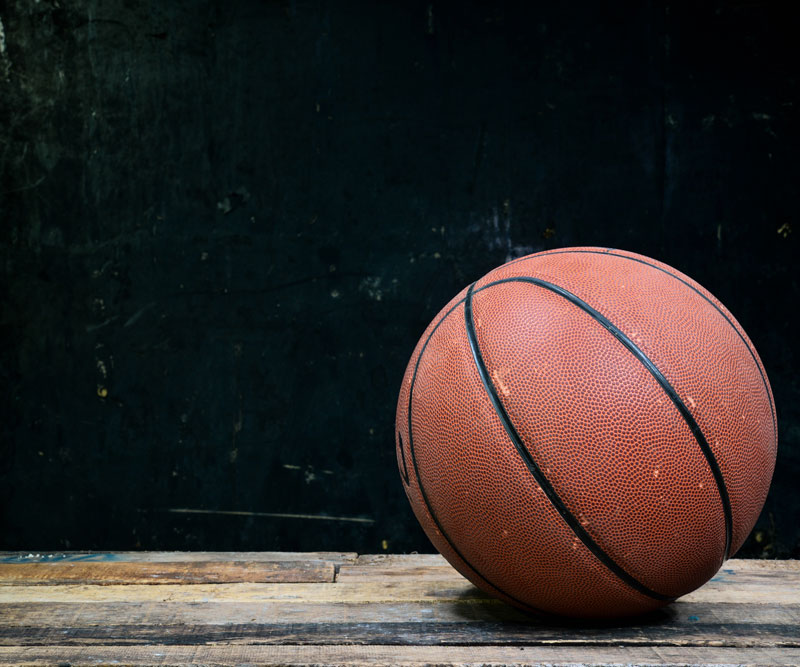
Keep Keiki off the Sidelines with These Sports-Injury Prevention Tips
Participation in sports provides children numerous physical and social benefits. Unfortunately, sports-related injuries are always a risk.
According to the Centers for Disease Control and Prevention, more than 2.6 million children go to the emergency department each year for sports-related injuries.
“Sports injuries are the second leading cause of emergency department visits for children and adolescents,” says Dr. Daniel Judd, an orthopedic surgeon with Kauai Medical Clinic.
“The majority of these injuries are minor bumps and bruises without any lasting consequences. However, serious brain, spinal cord and musculoskeletal injuries do occur,” Judd says.
The five most common sports injuries for keiki are:
- Sprains and strains.
- Fractures.
- Contusions.
- Concussions.
- Heat-related illnesses.
Some things parents and coaches can do to help prevent and treat injuries include:
- Warm up and cool down every time. Warm-up exercises increase blood flow to the tissues, making them more flexible and less likely to be injured. Cool-down exercises remove the products and chemicals that build up with exercise, decreasing recovery and healing times.
- Use the proper protective gear for the particular sport.
- Make sure young athletes stay hydrated.
- Treat minor strains, bruises and sprains with RICE (rest, ice, compression, elevation). No returning to sports until the pain is resolved.
- Seek professional medical evaluation if your child can’t put weight on the injured extremity, if there is an obvious fracture or dislocation, or if there is prolonged pain or swelling that doesn’t improve with RICE.
“Remember, most kids will not become professional athletes,” Judd says. “The goal of exercise is to have fun staying active and building life skills. Try and match your child to the activity so they’ll spend more time having fun in the game and be less likely to be sidelined with an injury.”
Published on: July 20, 2016




